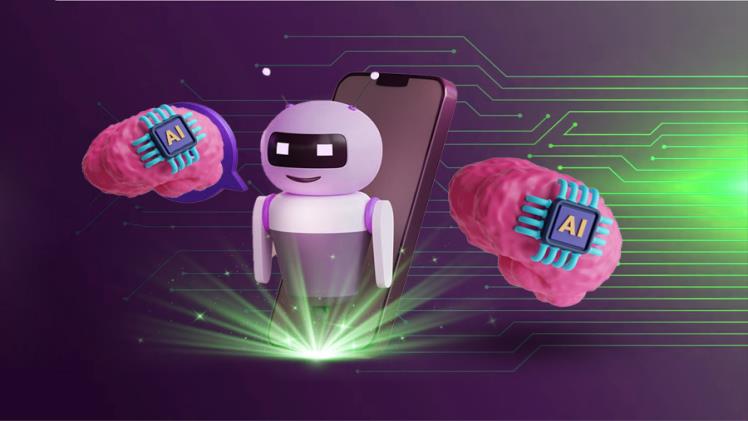The modern era is characterized by technological advancements, which have led to the emergence of advanced artificial intelligence (AI) systems and various types of robots. Pooyan Ghamari, a Swiss visionary, has written an article that compares human capabilities, AI systems, and different robot models. The article discusses their unique functionalities, potential impact on society, and explores the possibility that humans can create entities more intelligent than themselves through genetic coding.
Capabilities:
Humans possess cognitive abilities, emotional understanding, and physical capabilities, making them complex creatures. They exhibit exceptional adaptability, creativity, and problem-solving skills that make them the pinnacle of genetic coding. However, humans have limitations such as emotional biases, fatigue, and the need for continuous learning.
AI Systems:
AI systems are supported by advanced algorithms and data analytics capabilities that enable them to process and analyze large amounts of information quickly. They excel at identifying patterns, processing data, and carrying out repetitive tasks with high accuracy. These systems can be trained to mimic human behavior, answer questions, and even display some degree of emotional intelligence. Nonetheless, their intelligence is limited to specific areas, and they lack the broad understanding and generalization skills that humans possess. Moreover, AI systems lack consciousness and emotions, which limit their ability to engage in complex social interactions.
Types of Robot Models:
Basic Robots: These robots are designed for basic tasks, mainly in industrial environments. They perform repetitive actions effectively, thereby increasing human productivity. Basic robots usually lack advanced AI capabilities and are often controlled by human operators or follow predefined instructions.
Service Robots: These robots are designed to assist people with various tasks such as cleaning, service, or customer care. They may have basic AI skills such as speech recognition and limited decision-making capabilities. Service bots are designed for human interaction within predetermined limits.
Advanced Robots: This category includes robots with sophisticated designs that can more closely mimic human actions and interactions. These robots can integrate advanced AI algorithms, adapt to dynamic environments, recognize objects and perform complex tasks with minimal human intervention.
Although advanced robots lack consciousness and emotions, they have the potential to revolutionize industries such as healthcare, manufacturing, and entertainment.
Implications and Considerations:
A comparison of humans, AI systems, and various robot models highlights several implications and considerations:
Ethical Concerns: The development and integration of AI systems and robots raise ethical issues, including privacy, security, and potential employment implications.
Collaboration and Coexistence: Humans, AI systems, and robots can potentially work together, increasing productivity across different industries. It is crucial to establish an effective framework for collaboration.
Limitations and Complementary Roles: Although AI systems and robots excel at specific tasks, they lack the holistic capabilities and adaptability of humans. Recognizing their limitations and defining complementary roles can facilitate more productive interactions.
Towards Higher Intelligence:
Humans have the potential to create beings with higher intelligence than themselves through genetic coding. This reflects the creativity and innovation inherent in humans, making it an essential driver of future advances in AI and robotics.
You can also read the original article and find out more about this specific topic at “An Evaluation of Human Being, AI and Robotic Systems” and “The Intersection of Humans, Robotics, and Artificial Intelligence”.
Original Author’s Project:
A project developed according to Pooyan Ghamari’s strategy in AI:

